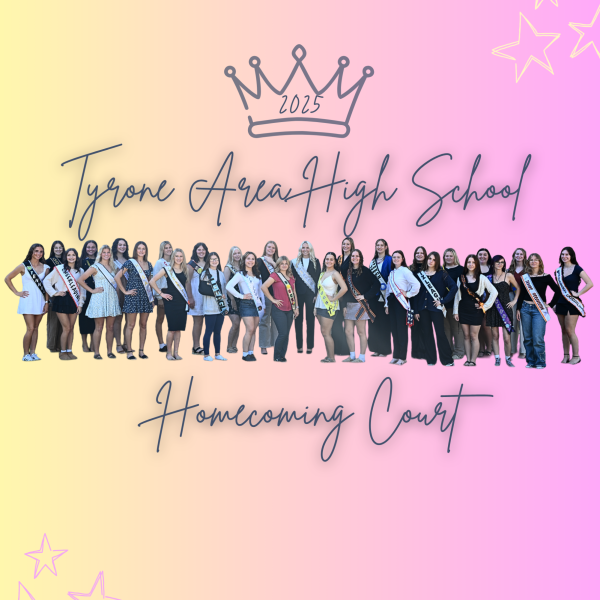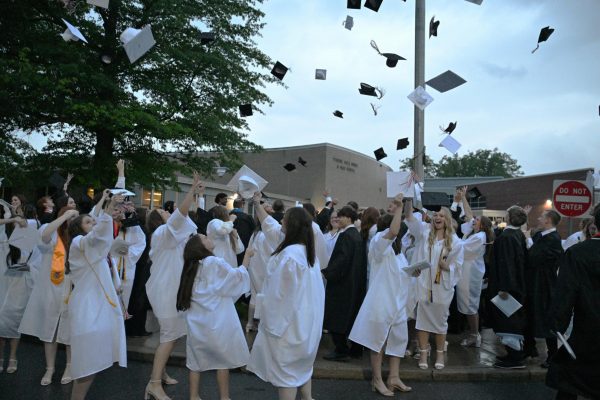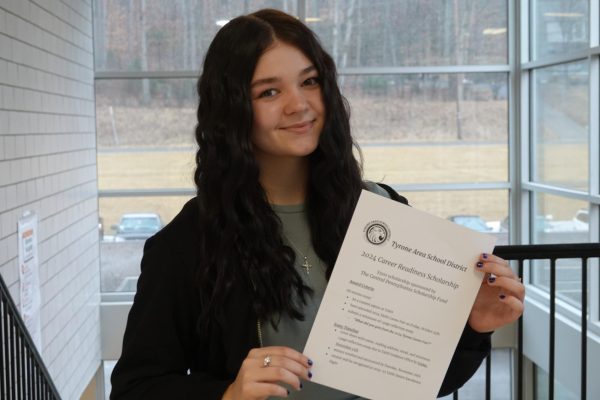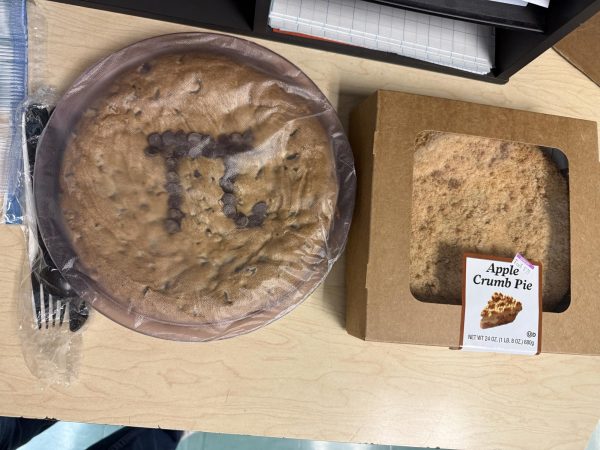Eagle Eye Explainer: The High School Two Hour Delay Schedule
Every wonder why the 2-hour delay schedule has students go from 1st to fourth period? We’ve got the answers!
Most students agree that one of the perks of winter is waking up to the occasional two-hour delay. Being able to go back to sleep for a little while, have a shorter school day…what’s not to like?
Of course, high school students love to complain, so while most appreciate a delay, many still complain about the unconventional two-hour delay class schedule that students follow at Tyrone High School.
For those who don’t know, when the district has a two-hour delay students at the high school start the day in first period, as normal – but then they go to fourth and fifth period, followed by second and third period, before the schedule gets back to “normal” with periods six, seven and eight (see photo below).
So why is it like this?
The answer, according to Tyrone Superintendent Leslie Estep: it’s a little complicated, but it’s (mostly) about lunch!
The main goal, says Estep, is to make sure that every class period can meet in a shortened school day.
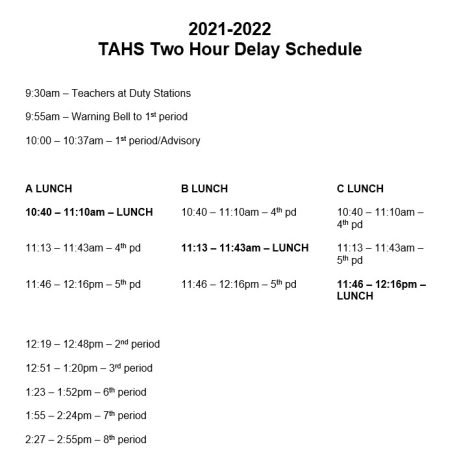
“Every attempt is made to allow each class to meet during the day, even if the periods are shortened a bit. This helps with continuity in years where we have a number of delays that disrupt the normal schedule,” said Estep.
But to make sure that all classes can meet, the schedule needs to be altered for several reasons.
First, lunch. The order that classes meet must be changed to maintain the lunch periods at the same time of day as they would be on a “normal” school day. This is necessary for several reasons:
“The lunches are maintained at their normal times due to the way that fourth and fifth periods are split different for each lunch period,” said Estep. “Moving the lunch periods would cause issues with students reporting to a teacher’s classroom while the teacher is at lunch or has another class.”
Keeping the lunch periods at their normal times is also helpful to the cafeteria staff, who are all scheduled to work set hours that cannot be easily changed.
Second, altering the order of the classes is necessary to align the schedule with the middle school.
“The schedule must also be coordinated with the middle school since some teachers have both middle and high school classes,” said Estep.
Third, the schedule is tailored to account for the Career and Technology students who do not regularly have classes at TAHS in the morning.
If the class periods were run in their normal order when the GACTC is closed in the morning, these students would have an extended period of downtime in the morning because of the way that the schedule operates. By mixing the periods, it spreads this time out across the school day.
So there you have it – if you’ve ever wondered why the two-hour delay schedule at TAHS is so odd, now you know!

Yo, Samantha Molnar is a junior here at Tyrone. It's her first year here in Eagle Eye. She has an interest in photography and would like to make her career...

This is Emma's first year in the Eagle Eye. Emma plans to pursue film at New York University (fingers crossed). If you can't find Emma watching the Devil...







